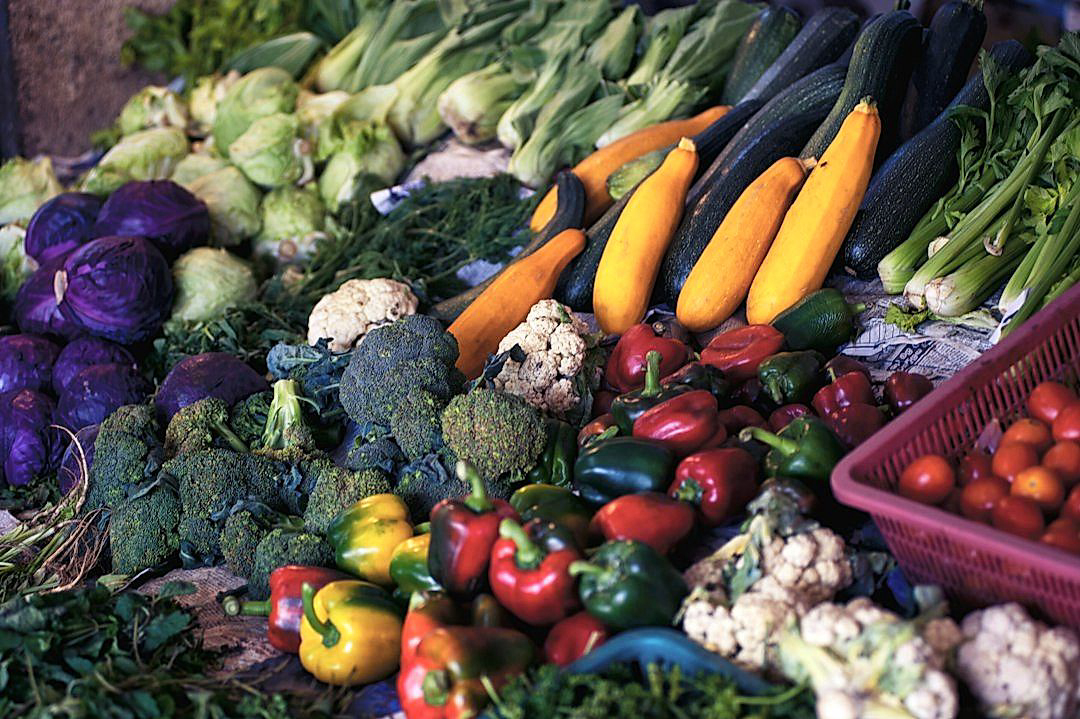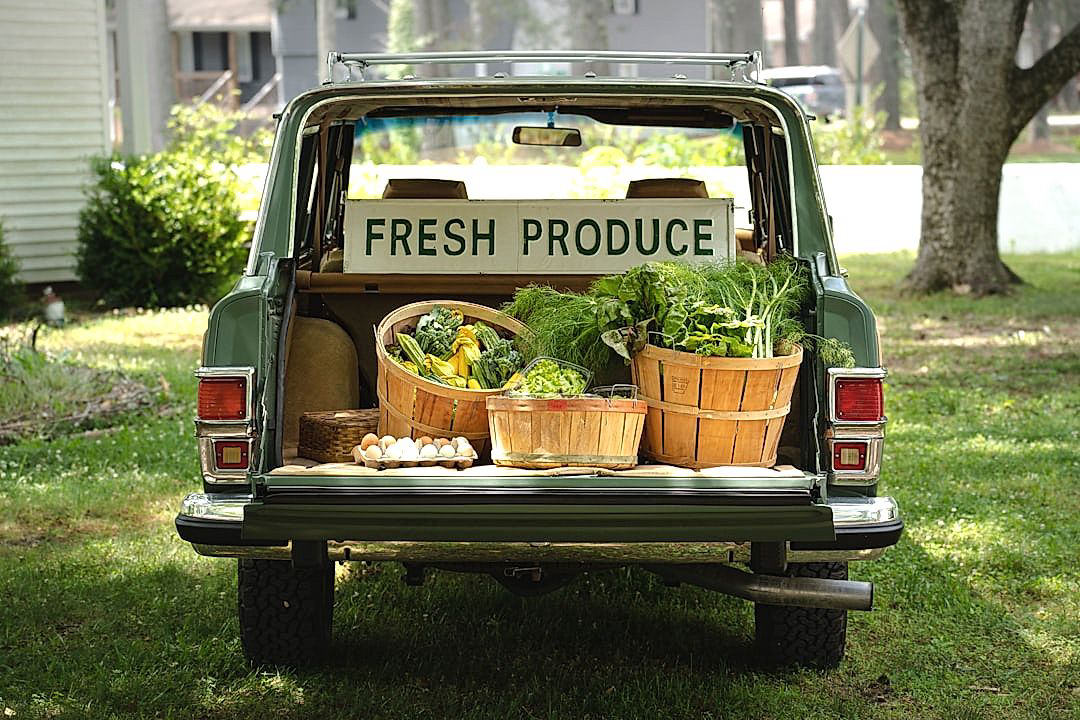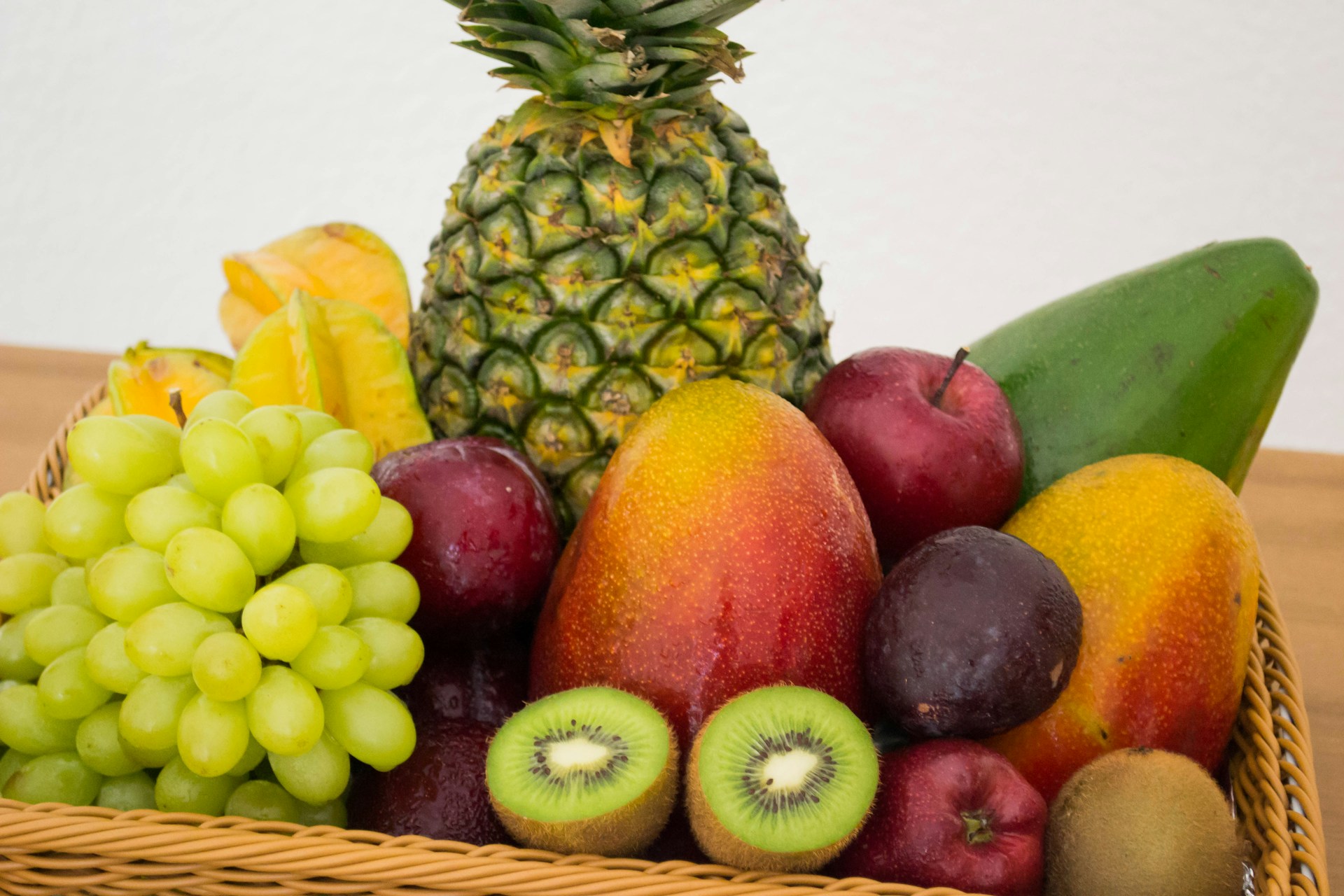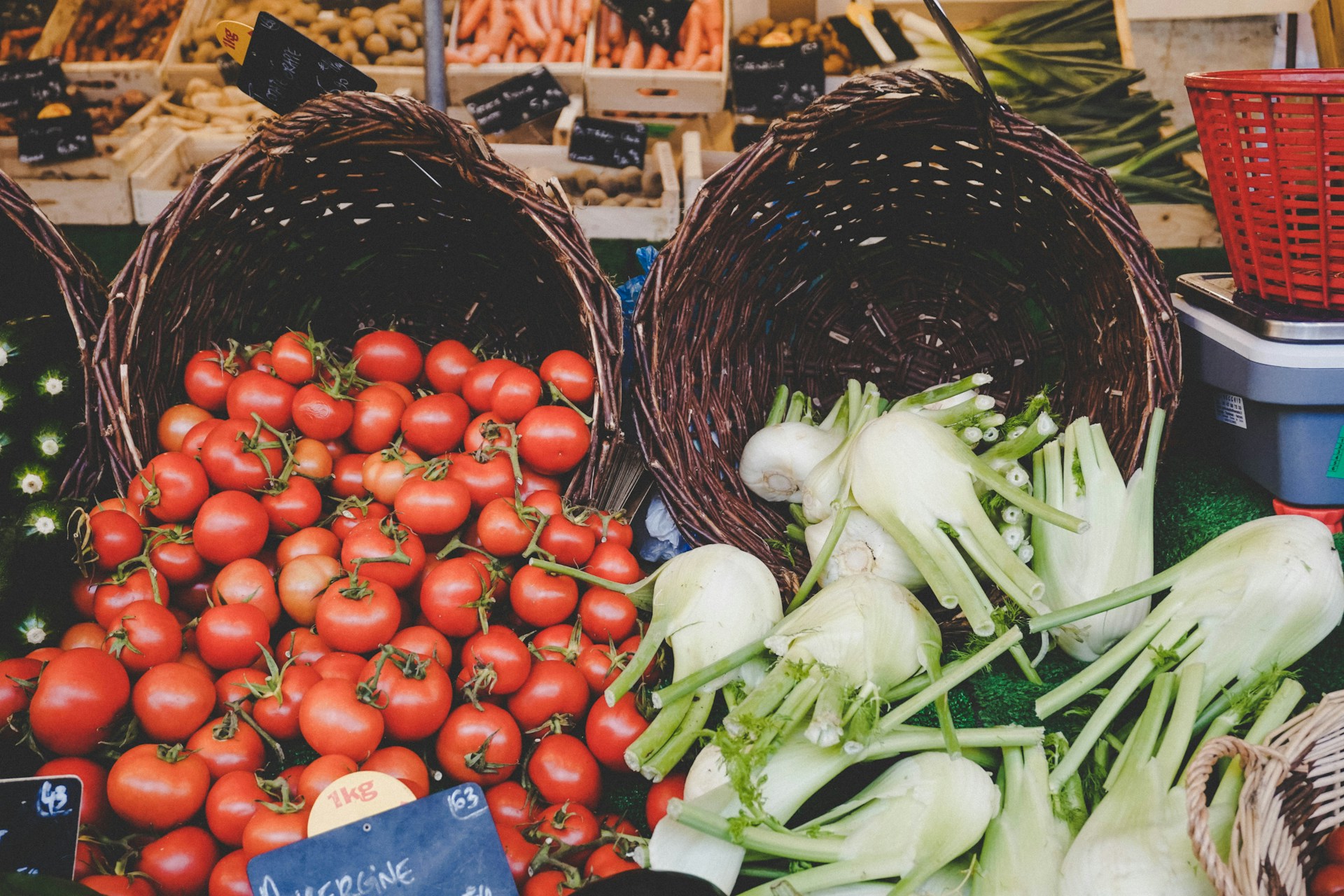The intricate network of global produce distribution is constantly evolving.
Various factors, from climate change to technological advancements, are redefining the face of the global supply chain.
As a result, it has become critical for businesses to reassess their current practices.
Furthermore, understanding these worldwide trends can assist companies in overcoming challenges and capitalizing on new opportunities.
This conversation will address some of the most significant trends impacting the global produce transportation industry today.
Staying informed about these shifts is undeniably paramount for those involved in or associated with this vital sector.
Contents [hide]
Global Trends Affecting Produce Distribution Transport
1. Increased demand for organically grown produce
The global trend of increased demand for organically grown produce has significantly affected produce distribution transport.
As consumers become more health-conscious, the push for organic food products has grown rapidly.
This surge in demand has changed the dynamics of produce distribution and transport.
A key factor in this change is the fact that organic produce requires sensitive handling in order to maintain its organic status.
The logistics involved in the distribution of organically grown produce are complex. Such goods demand highly customized transportation, contributing to a significant transformation in the transport industry.
Organically grown produce often necessitates shorter transport times to maintain their freshness and quality.
Moreover, there is a need for dedicated storage and transport facilities for organic produce, to avoid cross-contamination with conventionally grown goods.
These factors mean that the transportation sector needs to be more flexible and adaptable, pushing for more efficient systems of delivery.
Produce distribution transport must also ensure that all documentation accurately reflects the produce’s organic status, adding further to the logistical load.
The growing focus on organic food has led to changes in the agriculture sector as well.
Farmers who produce organically grown produce often require specific distribution channels, to ensure their goods reach the customers in the best possible condition.
This has led to the growth of smaller, more localized transport networks catering specifically to organic farmers.
Thus, while the surge in demand for organically grown produce has presented challenges, it has also spurred innovation in the produce distribution transport sector.
Some transport companies have tailored their offerings, and there has been an increase in the use of technology and data analytics to monitor and optimize transport conditions.
Through these changes, produce distribution transport is becoming more adaptive and is better equipped to handle the demands of the growing organic food trend.
2. Climate Change Affecting Growing Seasons
Climate change is shaping the future of produce distribution transport in more ways than one might imagine.
In particular, it significantly alters the length of growing seasons worldwide.
This is due to the fact that plants require certain conditions to grow optimally and climate change disrupts these patterns.
As global temperatures rise, some regions experience longer growing seasons, while others experience shortened seasons.
This discrepancy is a growing cause of concern for distributors and farmers alike, as some traditional farming areas might become unfit for cultivation.
Changes in growing seasons profoundly impact the planning and coordination of produce distribution transport.
It leads to shifts in crop availability and creates logistical challenges for distributors due to the unpredictability of crop yields.
Distributors suffer from these climate-induced changes as well, since unstable crop yields require more flexible logistics planning and can be more cost-intensive.
This climate-induced unpredictability also increases the risk of food waste, which is a central concern for distributors dedicated to sustainable transport.
These changes necessitate resilience and flexibility in the distribution industry.
Organizations need to be able to adapt to sudden policy changes, technological advancements, and natural disasters.
Specifically, distributors should consider investing in climate-smart agricultural practices to maintain consistency in food production.
Moreover, being aware of the impact of climate change on growing seasons can help distributors forecast future trends and take preventive steps.
Such knowledge can also facilitate the development of effective distribution strategies covering a wide range of possible crop yields and seasonal shifts.
All these aspects underline the crucial significance of considering climate change in forming strategies for produce distribution transport.
3. Proliferation of e-commerce in food retail
The proliferation of e-commerce in food retail is a global trend that has significantly impacted the distribution and transport of produce.
Since its advent, e-commerce has invariably altered the traditional pathways for purchase and delivery of food items, including fresh produce.
This has primarily enabled consumers to shop for their groceries in the comfort of their homes, effectively bypassing the need for physical stores.
Such a change in shopping habits has, in turn, fostered the need for reliable and efficient delivery systems for groceries, particularly for perishable items like fruits and vegetables.
Online grocery stores now maintain a large network of delivery trucks that source produce directly from farms or wholesale markets and deliver them to the doorsteps of consumers.
The intricate logistics involved in this delivery model calls for precision timing to ensure the freshness and quality of the products upon delivery.
The proliferation of e-commerce in food retail has necessitated the reimagination of delivery systems for grocery items, emphasising the need for efficient and sustainable transport methods to facilitate quality and timely delivery.
E-commerce platforms have to maintain stringent cold chain protocols for storing and transporting temperature-sensitive produce items to maintain their freshness.
This has spurred innovations in the design of cold storage transport systems, leading to the increased use of renewable energy sources like solar power for these transports.
Additionally, digital solutions like real-time tracking and temperature monitoring have been incorporated to ensure the safe and timely delivery of produce.
With consumers becoming increasingly eco-conscious, many e-commerce platforms are also investing in the development and use of sustainable and eco-friendly delivery systems.
This could include usage of electric delivery vehicles or even drones for delivery in certain urban areas.
However, the e-commerce model for grocery delivery also poses challenges, especially in the context of global trade.
Factors such as varying regulatory standards and logistics infrastructure gaps across different countries may hinder the expansion of e-commerce in food retail at a global scale.
Nevertheless, e-commerce for grocery delivery is a trend that continues to grow and evolve, necessitating dynamic adaptations and improvements in the global distribution and transport of produce.
This trend undeniably holds significant implications for how produce is distributed and transported across the globe, underscoring the need for both innovation and regulation in this rapidly shifting landscape.
4. Growing Focus on Sustainable Transport Methods
Over the last few years, there’s been a growing awareness and focus on sustainable transport methods in the produce distribution industry.
Accommodating the global demand for fresh produce while minimizing environmental impact presents a significant challenge.
However, improved technology and shifting paradigms have made sustainable transport a viable, if not necessary, business strategy.
Electric vehicles (EVs) and vehicles running on biofuels are becoming more common in the logistics industry.
As the technology improves, battery life expands and costs decrease, we can expect to see even more EV fleets delivering our produce.
With these alternative fuel vehicles, not only are companies achieving their sustainability goals, but they’re also improving operational efficiency and realizing cost savings over time.
On a larger scale, freight shipping has also seen innovations geared towards sustainability.
From greener ships that emit less greenhouse gases to alternate shipping methods such as rail, there are efforts being made to reduce the carbon footprint of these essential services.
The growing emphasis on sustainability in transport does not stop at the vehicles used for delivery, but extends to packaging practices as well.
More and more companies are opting for recyclable or reusable packaging to limit the amount of waste produced during the delivery process.
There is a concerted effort towards achieving zero-emission delivery, which sharpens the focus on improving last-mile delivery solutions.
Many companies are also incorporating sustainable energy sources into their logistics, such as solar-powered warehouses.
Taken together, these various initiatives illustrate how deeply the value of sustainability is impacting and reshaping the produce distribution transport sector.
Moreover, they offer evidence of a collective, industry-wide commitment to more environmentally responsible practices.
While there are many factors driving this surge in sustainability efforts, climate change and shifting consumer preferences are among the most significant.
In conclusion, as these trends continue, it’s likely we’ll see an even greater emphasis on sustainability in the transport of our produce in the future.
5. Impact of International Trade Agreements
The contribution of international trade agreements in the sphere of global produce distribution cannot be understated.
Such agreements, often structured to facilitate the movement of goods across borders, are instrumental in defining the rules of the game in international trade.
The formulation of international trade agreements is a dynamic process, shaped by political, economic, and societal considerations and can significantly alter the landscape of produce distribution transport.
A well-executed agreement can remove hindrances to distribution, such as tariffs and quotas, making it cheaper and easier to get produce to market.
On the other hand, a contentious or poorly constructed agreement can increase costs and cause delays in produce distribution.
An example of a significant agreement is the United States-Mexico-Canada Agreement (USMCA), which replaced the North American Free Trade Agreement (NAFTA) and affected the distribution of fresh produce between these countries.
The USMCA has created certain administrative challenges for produce transporters, such as new certification requirements, which have the potential to delay shipments.
International trade agreements like the European Union-Mercosur trade agreement or the Comprehensive and Progressive Agreement for Trans-Pacific Partnership (CPTPP) also have terms that directly impact produce distribution.
These agreements often include provisions for environmental regulations and labor standards, which can have indirect effects on transport methods and costs.
Additionally, international trade agreements can be used to settle disputes between trading partners, which can safeguard the interests of transporters, suppliers, and consumers.
Moreover, ongoing negotiations such as those between the United Kingdom and European Union post-Brexit are likely to produce new agreements that impact produce transport.
It’s also worth noting that sanctions and trade embargoes, as a component of foreign policy, can seriously disrupt produce transport channels.
The impact of these factors illustrates the immense role international trade agreements play in shaping global trends in produce distribution transport.
These agreements hold the power to enhance or constrain the global produce transportation network, affecting both the speed and cost of getting food from growers to consumers.
Given this, it’s crucial to keep abreast of changes and developments in international trade agreements to navigate the complexities of global produce distribution effectively.
The Bottom Line
The evolving food industry is being shaped by several key factors.
The burgeoning hunger for organically grown produce demonstrates a shift in consumer values, prioritizing health and the environment.
As well, the progression of climate change continues to redefine growing seasons, requiring adaptation and proactive planning from farmers worldwide.
Meanwhile, the rapid expansion of e-commerce in food retail is revolutionizing the way we purchase and receive our groceries, suggesting a future where physical grocery stores may become less prominent.
This goes hand-in-hand with an increased emphasis on sustainable transport methods, as the industry strives to minimize its environmental footprint.
Lastly, international trade agreements remain a powerful influence, shaping the flow and availability of different foods around the globe.
Therefore, comprehensive strategies are needed to navigate these complex changes and ensure a resilient, sustainable, and accessible food system for all.




